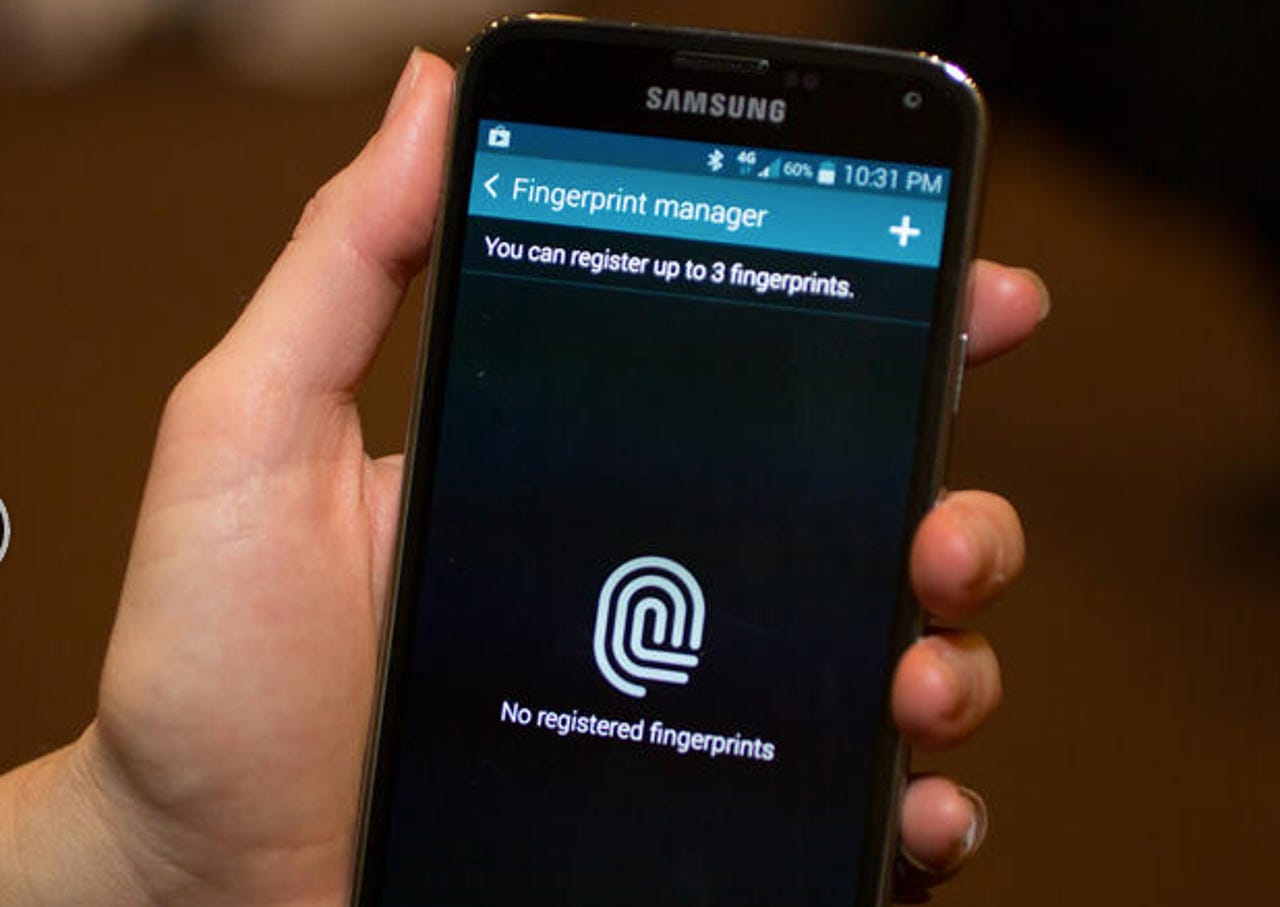Samsung explores iris detection tech for future mobile devices


Samsung is researching ways to integrate advanced biometric technology within our future smartphones and tablets.
The South Korean firm is exploring various new authentication methods for mobile devices, as reported by the Wall Street Journal. Samsung senior VP Rhee In-jong, chief of the Knox division, told investors at a forum in Hong Kong:
We're looking at various types of biometric [mechanisms] and one of the things that everybody is looking at is iris detection.
Both the Samsung Galaxy S5 and rival Apple's iPhone 5S use biometric technology through the implementation of a fingerprint scanner. Samsung's latest flagship smartphone was released seven months after Apple's device, but also used fingerprint scanning to give users a second means of authentication beyond PIN codes and gestures.
Biometric technology is still within its infancy. Fingerprint scanning, for example, is not that secure — as Germany's Chaos Computer Club proved by cracking the system 48 hours after Apple's device was launched. Whether fingerprint scanning is a gimmick or not, it can only be an improvement if used instead of swipes or gestures in order to access a smartphone or tablet. Both fingerprints and irises can be mimicked, but iris detection systems are harder to fool.
"We, as a market leader, are following the market trend," Rhee commented. The exec noted that advanced biometrics was likely to appear in high-end devices first, but biometric sensors could eventually be available in low-end models.
By focusing on advanced features such as iris detection, Samsung may be hoping to lure additional security-conscious clients to the Knox fold. The mobile security platform is aimed at the enterprise, and while 87 million devices embedded with Knox are in circulation, only 1.8 million users actively use the system. Banks, healthcare and financial companies are taking advantage of Knox, according to Rhee, but Samsung wants wider distribution of paid Knox users.
Samsung is also attempting to break in to the educational sector, having recently launched a pilot program with schools in Trinidad and Tobago using the Knox Enterprise Mobility Management (EMM) system.